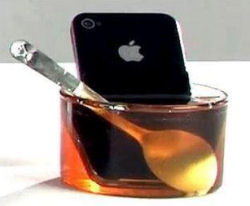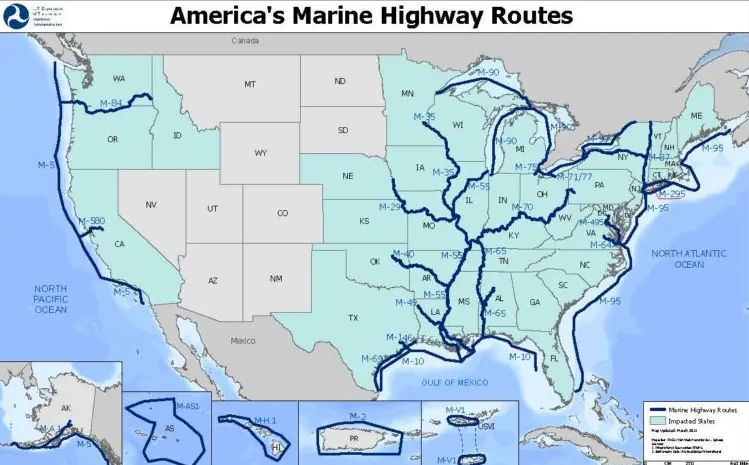 Recently, I was in Las Vegas. While there, I visited my favorite hangout, the Pinball Hall of Fame. While there, I couldn’t help but notice the back glass on my favorite games from the 1950s, 1960s, and 1970s. All featured scantily clad teen-aged and college women, designed to titillate the young men playing pinball in the arcades at the time (I’m looking at you, Music Odyssey in West LA). All of whom… were white. This wasn’t a surprise: despite the societal upheavals, there was still a lot of segregation and these games had to sell in the south.
Recently, I was in Las Vegas. While there, I visited my favorite hangout, the Pinball Hall of Fame. While there, I couldn’t help but notice the back glass on my favorite games from the 1950s, 1960s, and 1970s. All featured scantily clad teen-aged and college women, designed to titillate the young men playing pinball in the arcades at the time (I’m looking at you, Music Odyssey in West LA). All of whom… were white. This wasn’t a surprise: despite the societal upheavals, there was still a lot of segregation and these games had to sell in the south.
Las Vegas was similarly segregated in the 1950s and 1960s. Black performers of the time couldn’t stay in the strip hotels. They either had to stay in separate trailers, or stay downtown, on the west side, in the industrial part of downtown, not even in glitter gulch. The one resort that welcomed them closed after 6 months, due to pressure from the big casinos.
Ah, but you would say times have changed. Look at the strip today. It is bustling with people of all colors, shapes, and sizes. Black, white, and brown are welcomed into casinos — all that matters is that their (virtual) money is green and their credit is good. But look deeper. What is seen cannot be unseen. Look at the people on the slot machines. White. Asian, but only from the Crazy Rich Asian franchise. Black? The closest you come is the genie from Aladdin. Look at the ads on all the big screen hotels marquees. It is all well-dressed white people enjoying themselves. The people dining in the fancy restaurants on those screens and in the ads. All white. The people shopping in all the fabulous stores? All white. The dancers in all the dance revues? All white? Based on the screens, Vegas is appealing to the rich white fantasy, not the people on the street. Even the cards for the strippers that they hand out? You see them littering the streets. All white.
It made me think that the Vegas of today isn’t all that different from the Vegas of yore. Hotels are advertising for the cliental they want. They may love the money they are making, but what does this say about the big corporations behind the operations. They aren’t seeing most minorities as the “whales” with the money they want to take.
This made me not want to patronize the big casinos (and I wasn’t staying in one — I was in a timeshare surrounded by one that was independent). I don’t gamble, and generally gave my dining dollar to local owed joints when I could. But I just kept seeing it, and it kept bothering me.



 Rosh Hashanah, the Jewish New Year, starts at sundown tomorrow (Tuesday) night, September 7th. Thus, it’s time for my annual New Years message for my family, my real-life, Blog, Dreamwidth, Google+, Tumblr, Twitter, and Facebook friends (including all the new ones I have made this year), and all other readers of my journal:
Rosh Hashanah, the Jewish New Year, starts at sundown tomorrow (Tuesday) night, September 7th. Thus, it’s time for my annual New Years message for my family, my real-life, Blog, Dreamwidth, Google+, Tumblr, Twitter, and Facebook friends (including all the new ones I have made this year), and all other readers of my journal: Another traditional food is a
Another traditional food is a 
 Added information on
Added information on